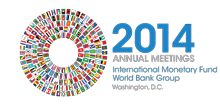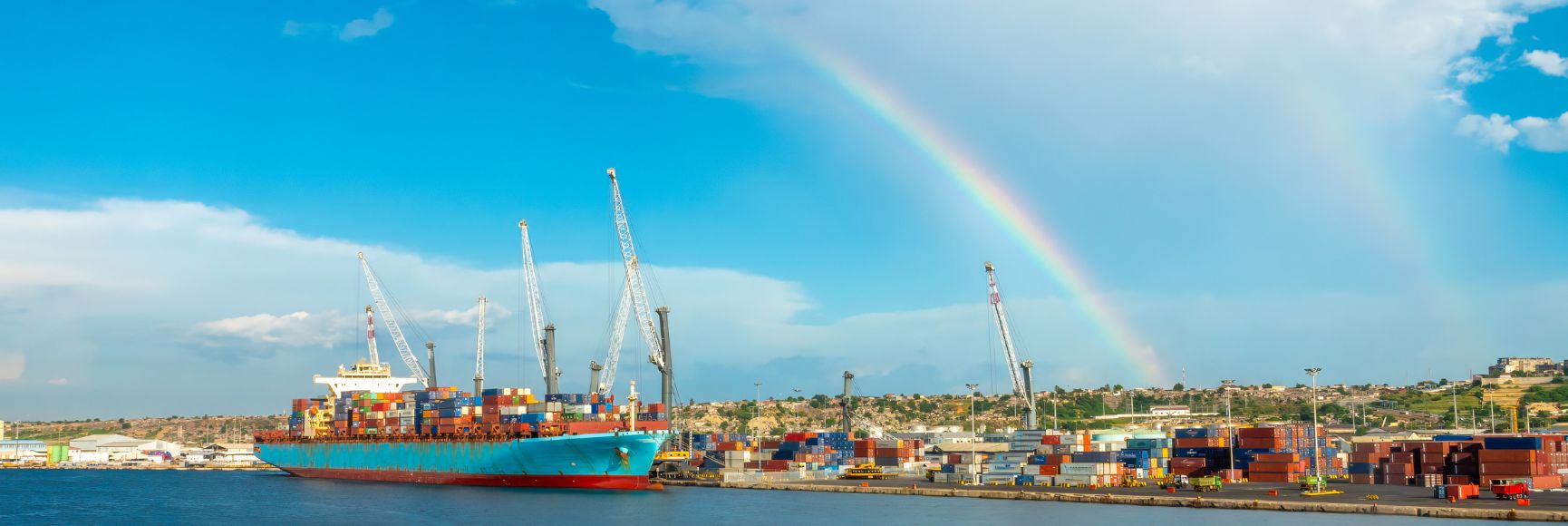On October 6, the 2014 IMF-World Bank Annual Meetings kicked off with a seminar on the new Fiscal Transparency Code and PEFA Framework, two of the key international standards for fiscal disclosure and management.
This joint IMF-World Bank event provided an opportunity to learn about and discuss the changes to these important tools for benchmarking the quality of countries’ fiscal transparency and management practices. It also marked the official launch of the public consultation of the fourth and final pillar of the Fiscal Transparency Code on Natural Resource Revenue Management.
The half-day event featured (Download Agenda):
• a welcome address by Vitor Gaspar (Director, IMF Fiscal Affairs Department)
• presentations from IMF and World Bank staff on the new Fiscal Transparency Code and Evaluation (Download Fiscal Transparency Presentation) and Revisions to the PEFA Framework (Download PEFA Presentation)
• a panel Discussion on Promoting Natural Resource Transparency with key policymakers, think tanks, civil society groups, and industry representatives
• concluding remarks by Mario Marcel (Director, World Bank Governance Practice)
For those interested in watching the proceedings, a video recording of the event is now available for viewing here: http://wbmswebcast1.worldbank.org/GGO/2014-10-06/The_New_Fiscal_Transparency_Code_and_PEFA_Framework.wmv
For readers who want just want flavor of the issues discussed, a transcript of Vitor Gaspar’s opening remarks for the event is provided below
Opening Remarks by IMF Fiscal Affairs Director Vitor Gaspar
Let me begin by welcoming all of you to this joint IMF-World Bank seminar on the New Fiscal Transparency Code and PEFA Framework.
This event is one of the first of series of seminars, workshops, and briefings that will be held this week as part of the 2014 Annual Meetings program. Many of these discussions will have a strong fiscal flavor — looking at how fiscal policy can promote growth, increase employment, and reduce inequality.
But before we launch into these important debates about the future direction of fiscal policy, we need to ask ourselves a more fundamental question: “Do fiscal policymakers have the information they need to make the right choices and the tools they need to implement those choices?”
Our macroeconomic theories and models often assume that governments have perfect information and can execute their policies fully and without delay. In reality, all of us know that this is never the case.
Even today, fiscal policymakers can often feel like pilots in the early days of aviation – trying to steer through the fog with only a rough sense of where they are, even less sense for where they’re going, and a growing suspicion that their controls might not actually be connected to anything!
That is why I’m glad we are starting this week of discussions by looking at how the Fund and the Bank, and indeed all of us, can enhance fiscal transparency and strengthen fiscal management. Because without good fiscal data and sound fiscal institutions, we are all, to complete the metaphor, flying blind.
Being open with the public about the activities of government, and operating within a credible policy framework, is key to building trust in policymakers’ actions. And by being transparent about how public resources are used and why, the public sector can set the tone and the standard for the private sector and, ultimately, society as whole.
This morning you will hear about the IMF and World Bank efforts to overhaul two of the key international standards for fiscal disclosure and management: the Fiscal Transparency Code, and the Public Expenditure and Financial Accountability Framework or PEFA. Both of these frameworks have been in place for over a decade:
The Fiscal Transparency Code was developed in the wake of the Asian financial crisis of the late 1990s and provided the basis for a new surveillance tool, the Fiscal ROSC, which has been used to assess the fiscal transparency practices of 94 countries around the world;
The PEFA, established in 2001, has become the internationally-recognized framework for evaluating the quality of countries’ public financial management practices and been applied in 90 percent of low income and 75 percent of middle income countries.
These international standards and diagnostic tools have played a critical role in delivering tangible improvements in fiscal disclosure and management. For example, over the past decade:
Significant progress has been made in expanding the institutional coverage of fiscal reports — the number of countries whose fiscal reports cover the whole of the general government (both central and local government) has risen from 48 in 2004 to 80 today.
Reporting of information on government assets and liabilities has also improved significantly — with the number of countries providing information on financial assets more than doubling, and countries producing full balance sheets increasing from nine in 2004 to 23 today.
Underlying institutional practices have been strengthened. Of the countries that have had repeat PEFAs, 27 percent have improved their budget credibility, a third have reduced the amount of extrabudgetary activity going unreported, and another third have strengthened their medium-term focus.
But as practices improve, so must our standards if they are to keep pace with the growing demands being placed on fiscal policymakers. Let me give you three examples of global trends which are forcing us to redefine our understanding of good practice in fiscal transparency and management:
First, the global financial crisis that erupted in 2008 underscored the array of fiscal risks facing advanced economies, especially those that play host to large, global financial centers;
Second, in emerging markets, citizens and their representative in parliament are demanding a greater voice in budget decisions and a better account of how their taxes are being utilized; and
Third, in developing countries, more and more fiscal policymakers are having to contend with the mixed blessing of large natural resource discoveries and think about how to utilize this new found wealth in a fair and sustainable manner
This morning you will be hearing from my colleagues from the Fund and the Bank and our friends in government, industry, and civil society about how we as a community of fiscal practitioners are responding to these challenges.
1 Division Chief, Public Financial Management 1, Fiscal Affairs Department, IMF.
Note: The posts on the IMF PFM Blog should not be reported as representing the views of the IMF. The views expressed are those of the authors and do not necessarily represent those of the IMF or IMF policy.






